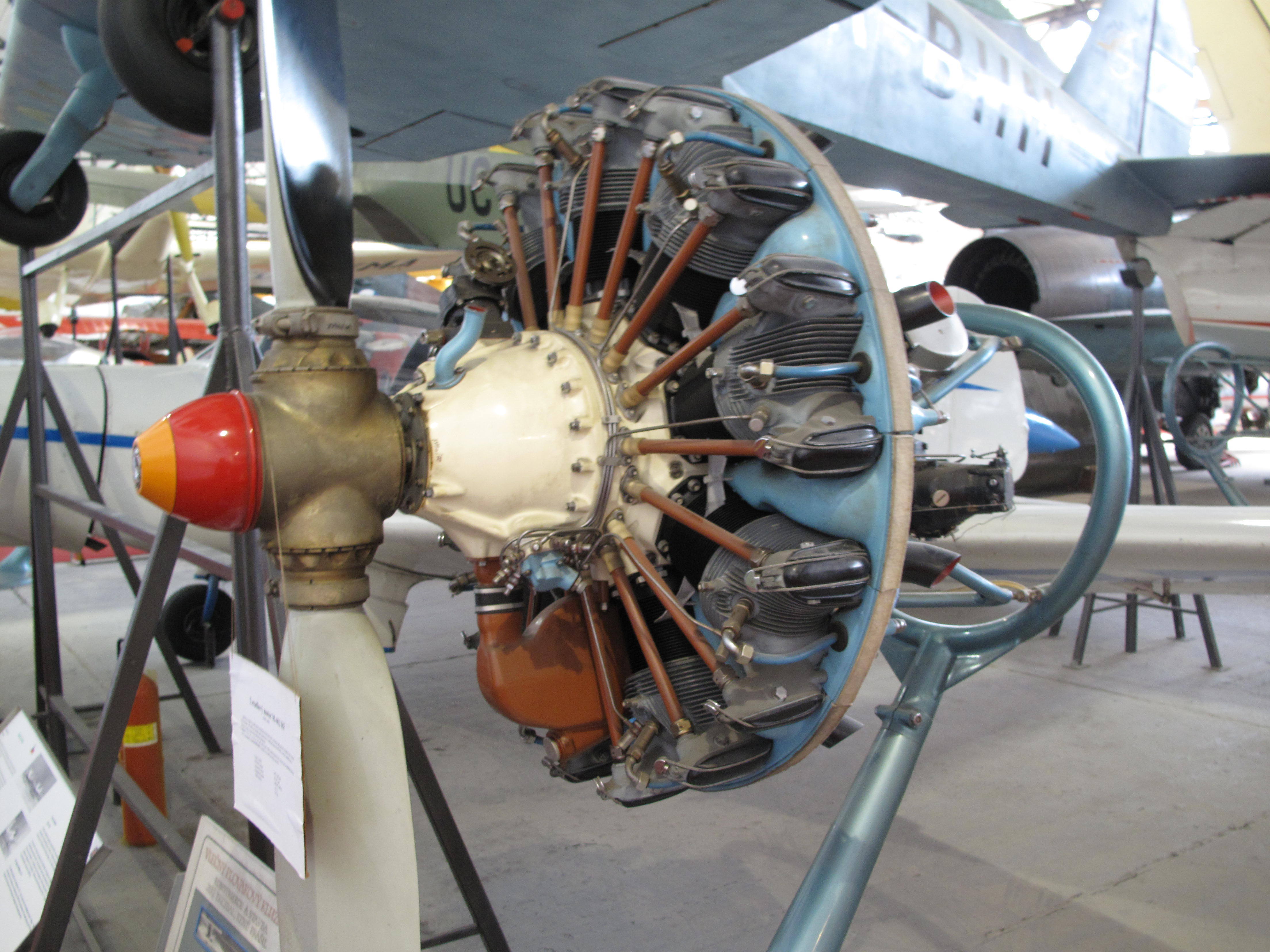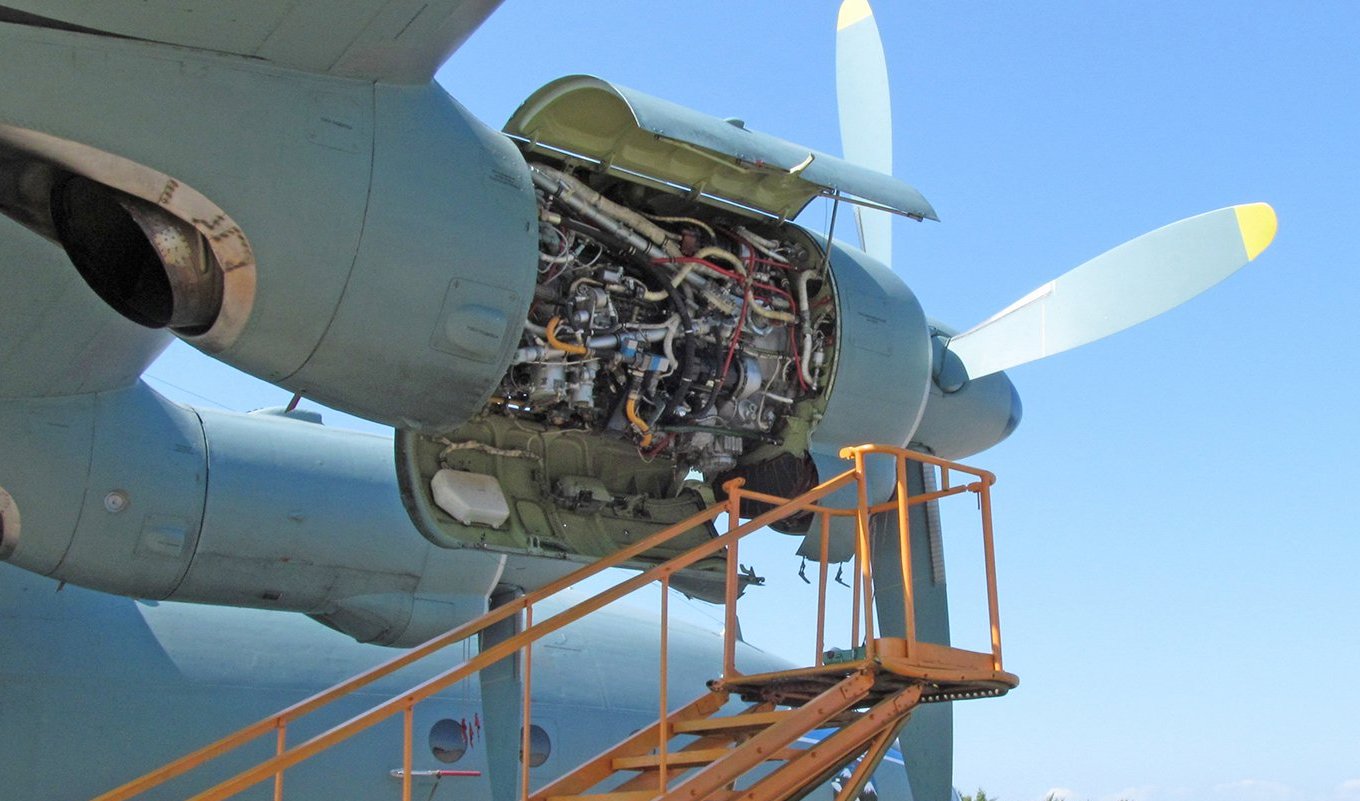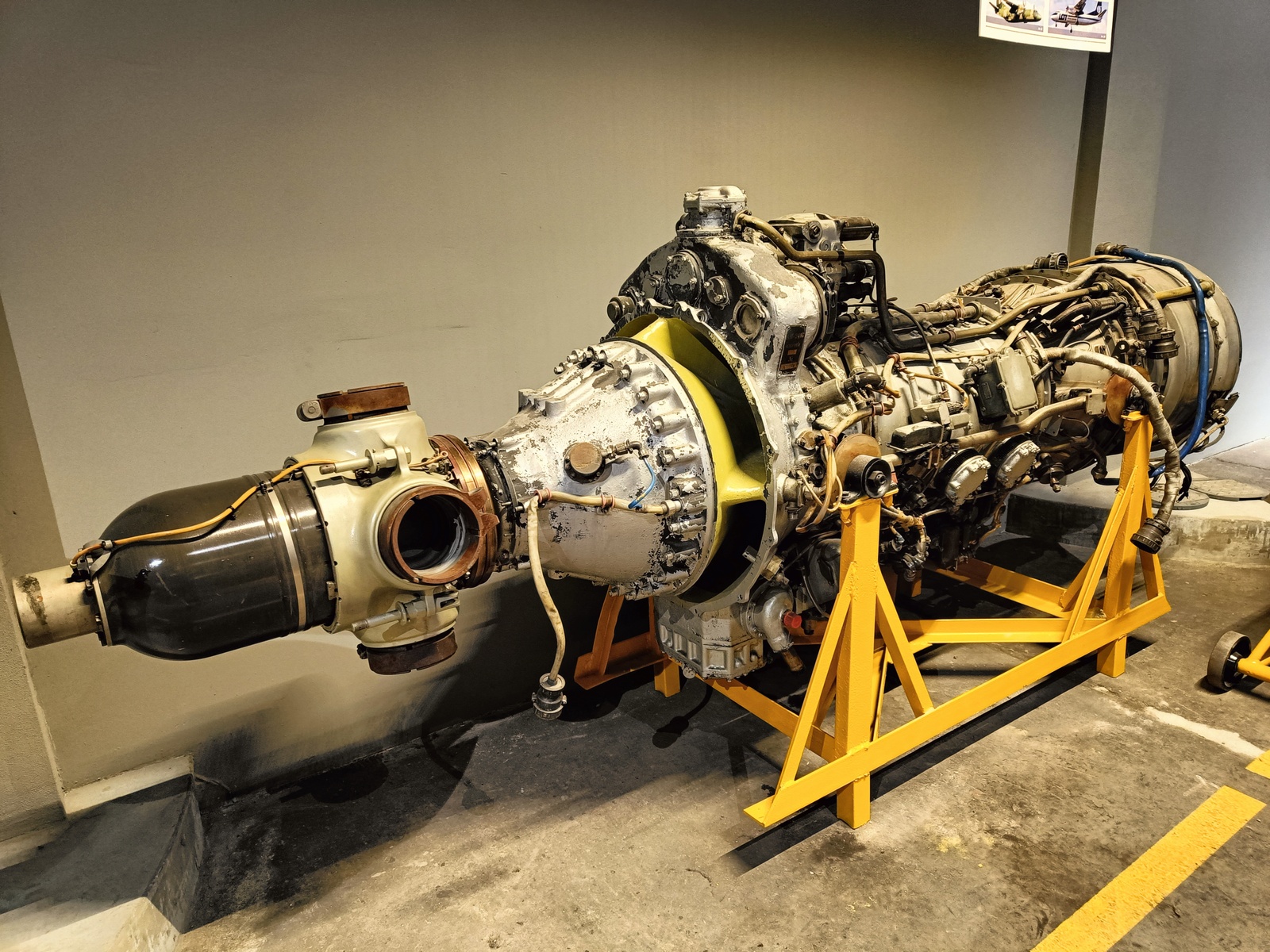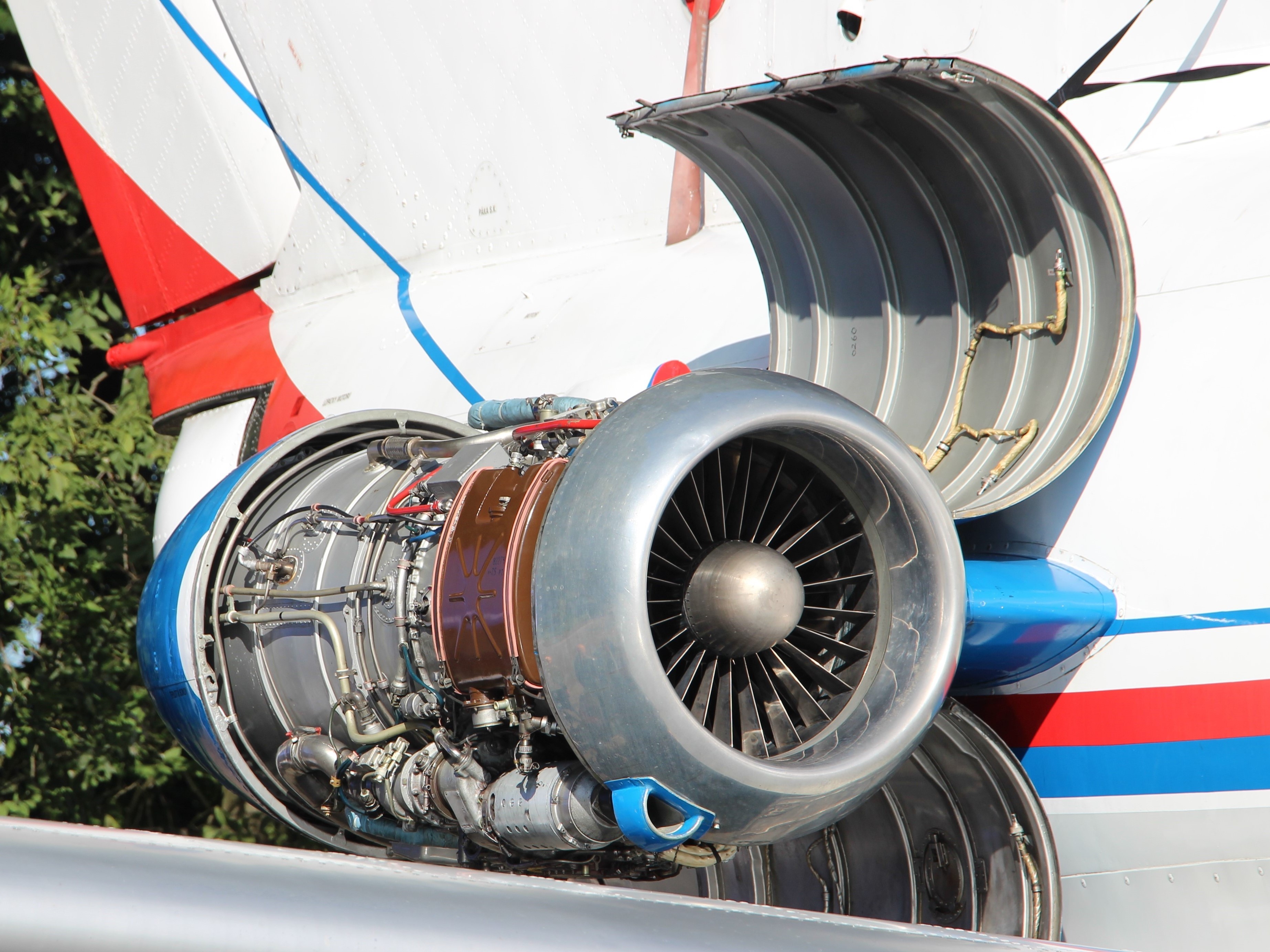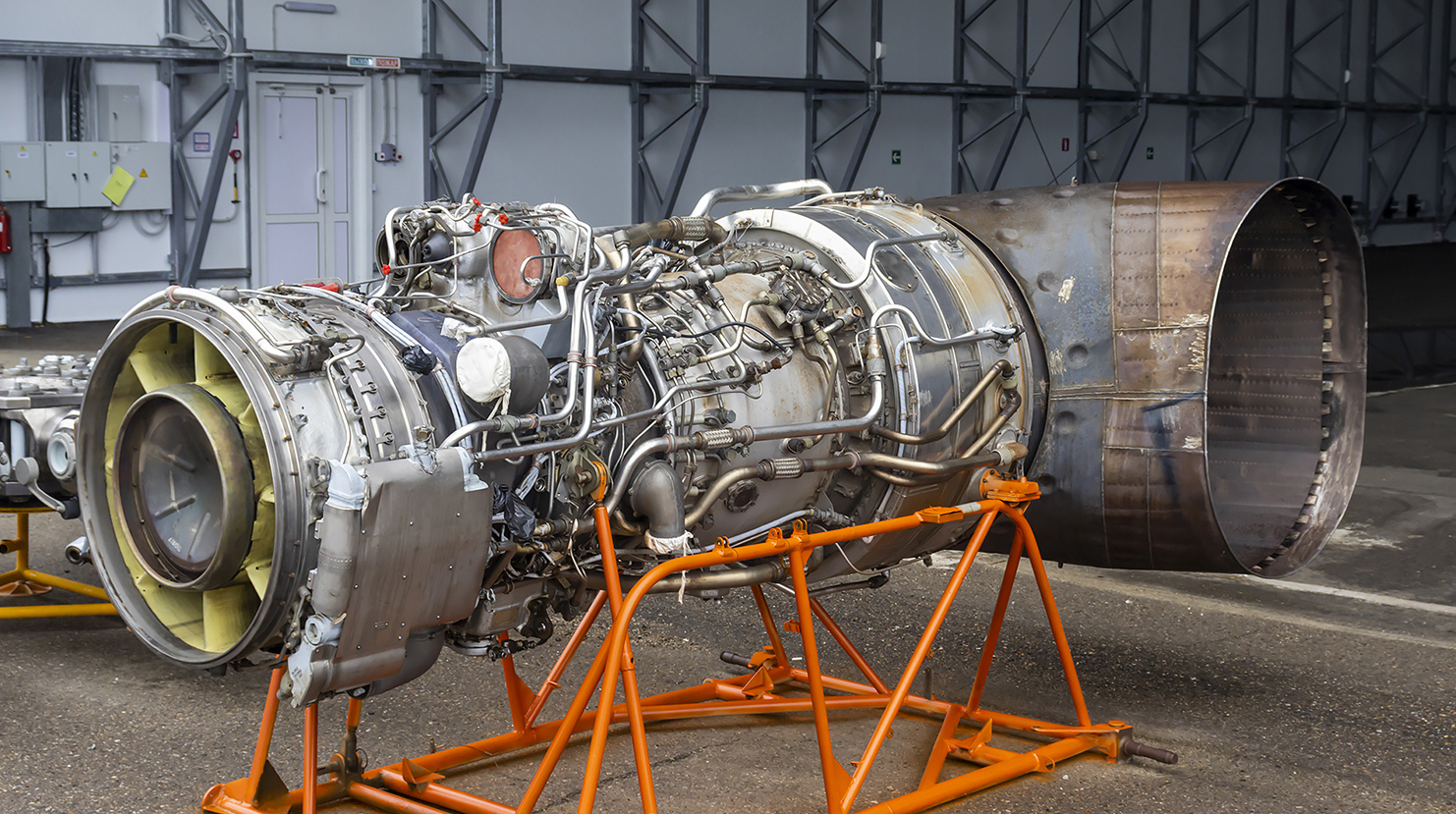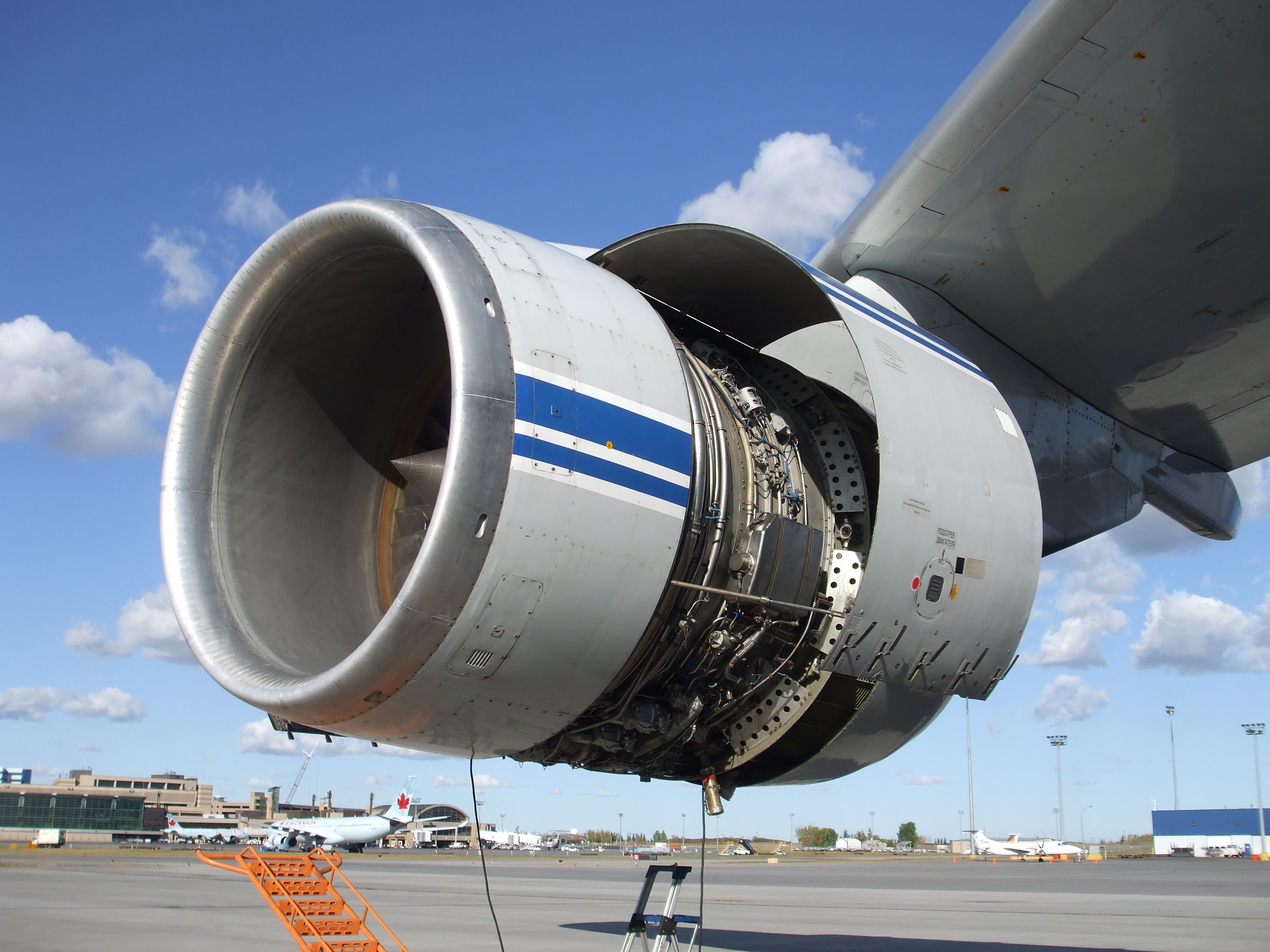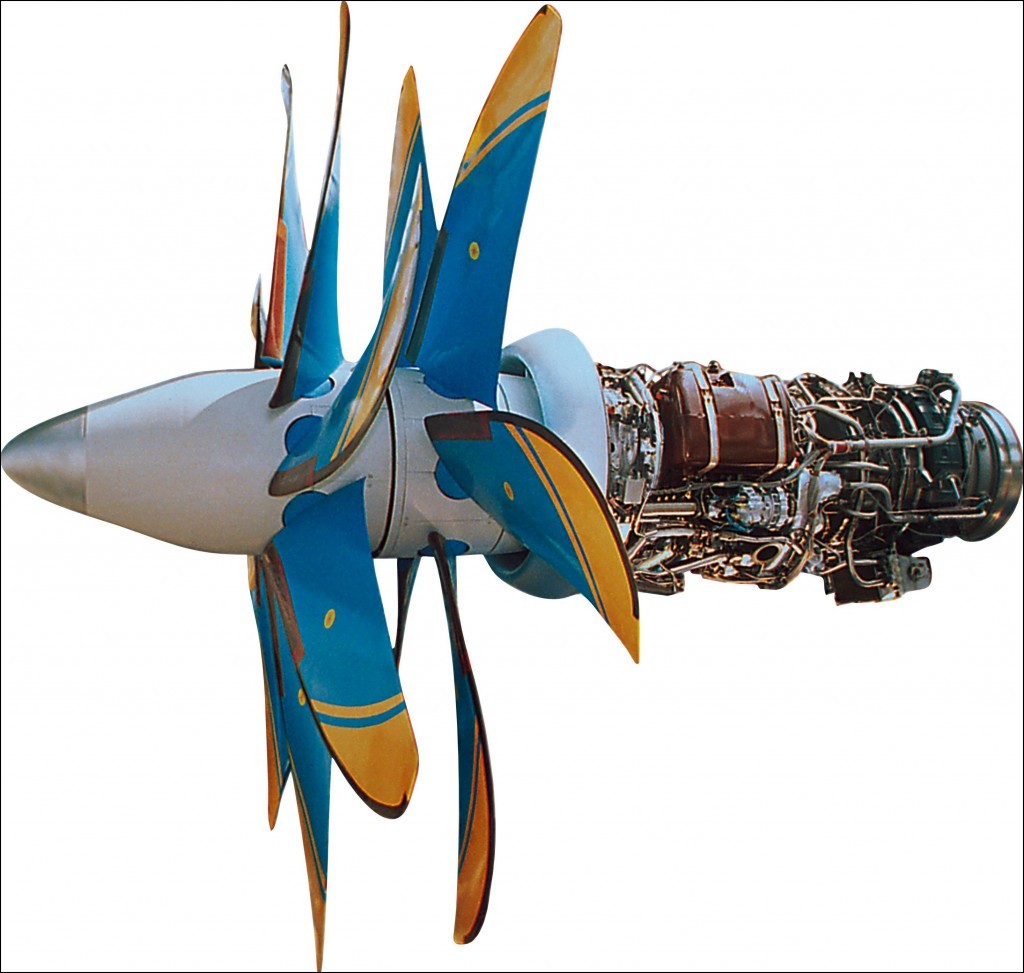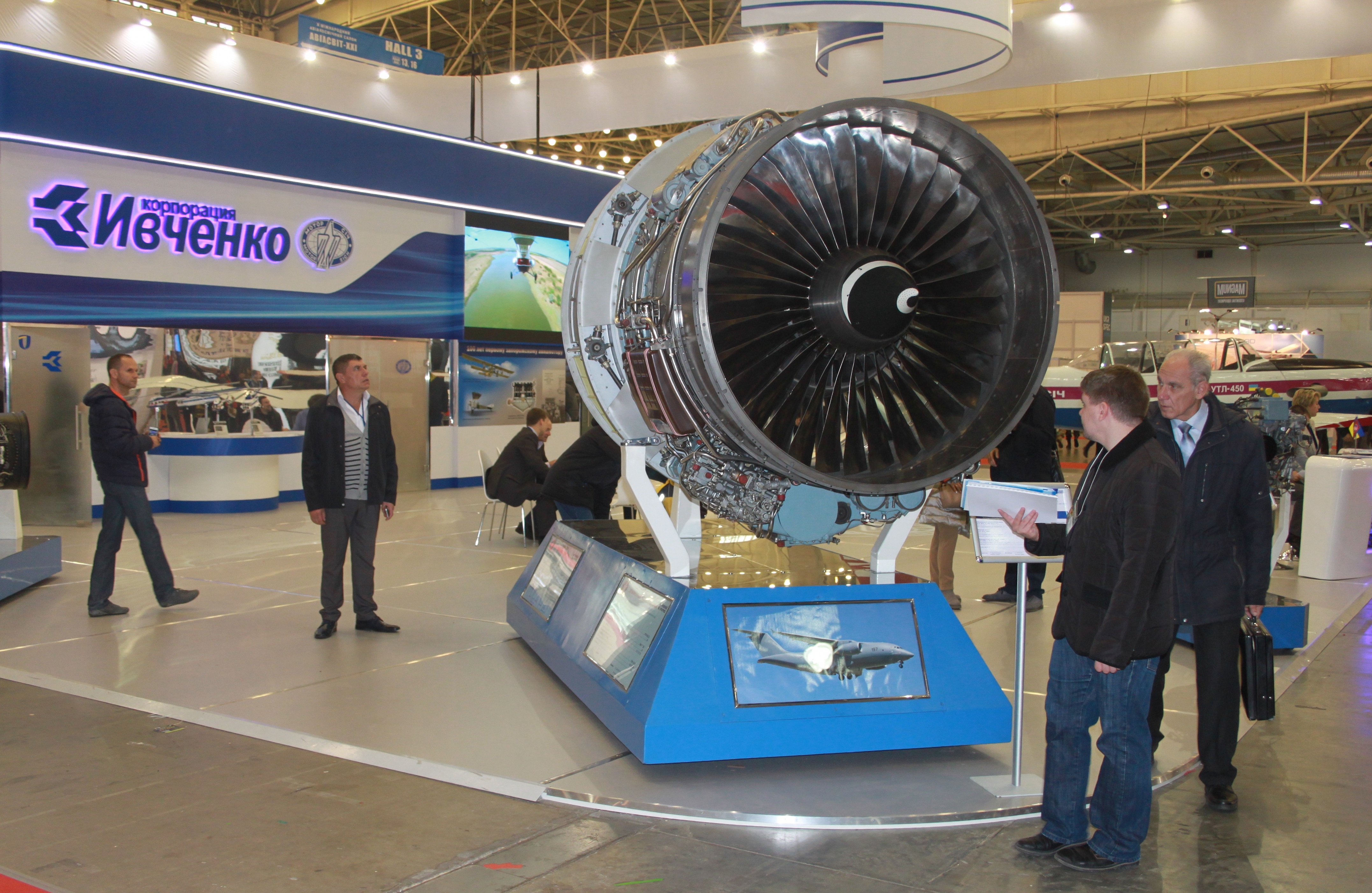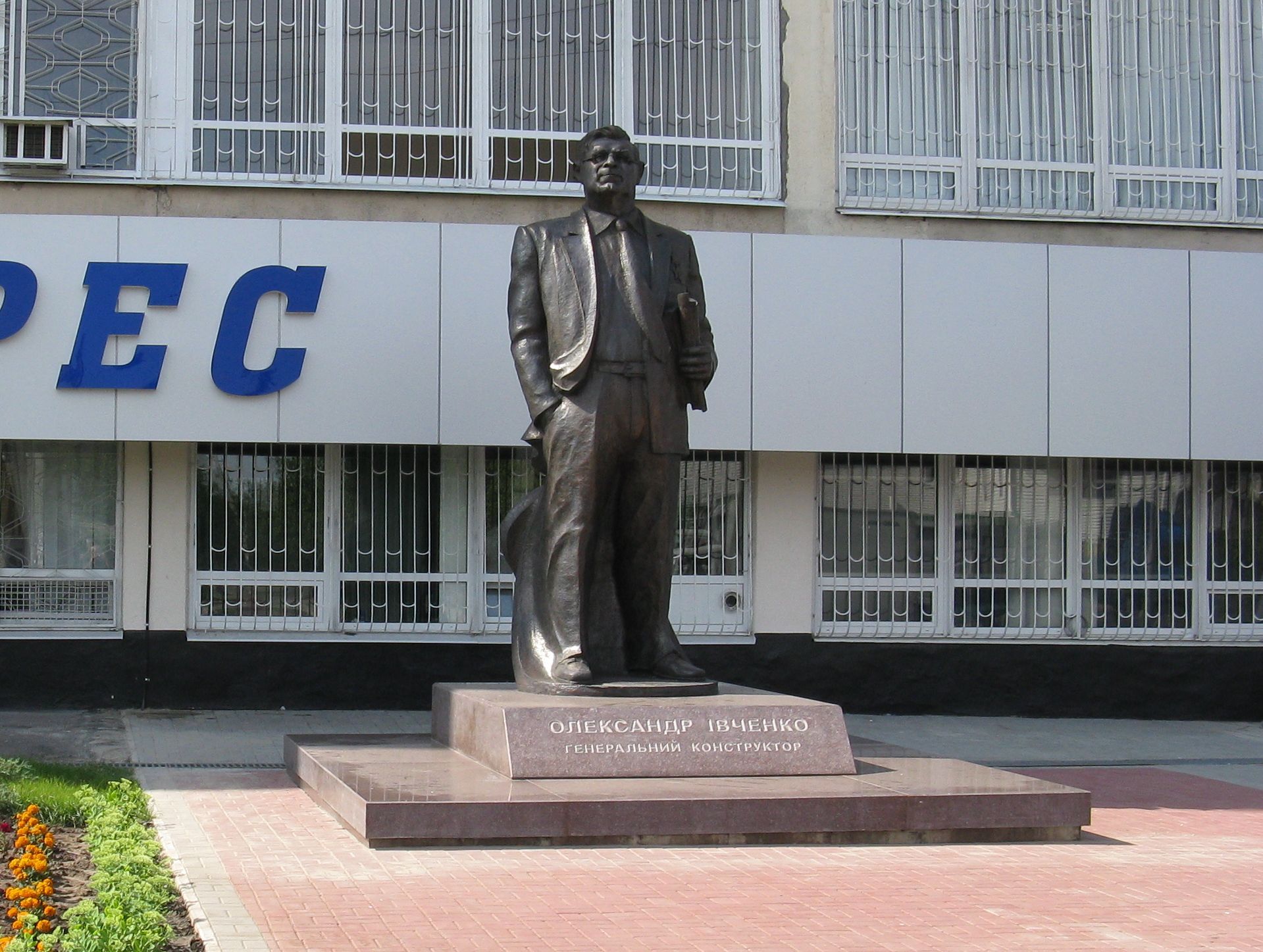“Progress” is unstoppable
To the 80th anniversary of the Joint Stock Company Zaporizhzhya Machine-Building Design Bureau ‘Progress’ named after Academician O. Ivchenko
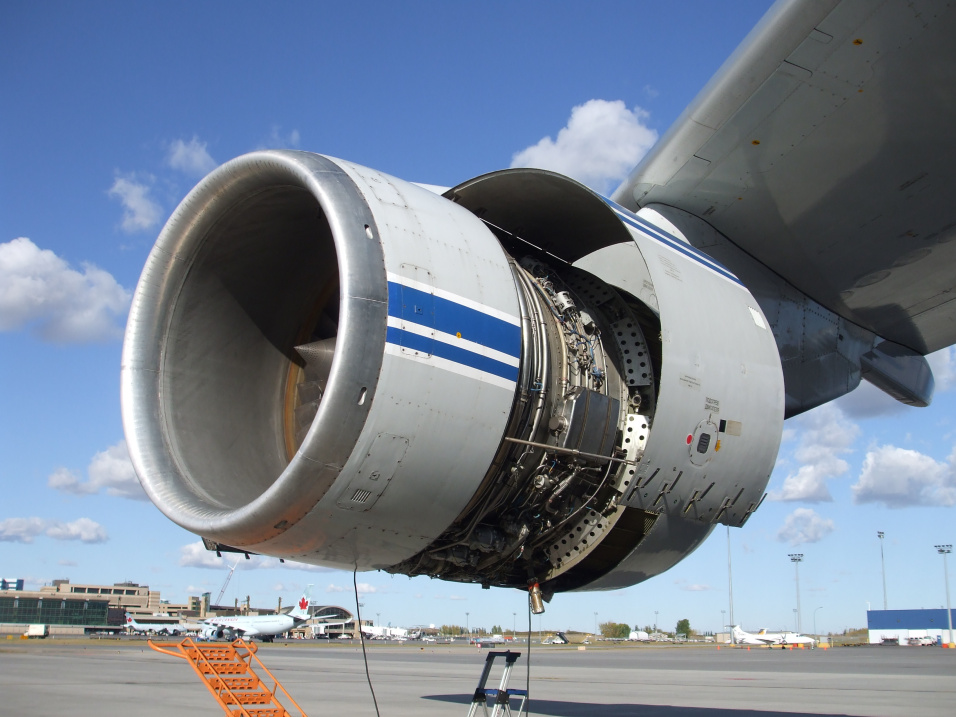
The history of this world-famous enterprise began on May 5, 1945, when Order No. 193 of the People's Commissar of the USSR Aviation Industry was issued to establish Research and Development Bureau No. 478 in Zaporizhzhia to develop new and modernize previously created aircraft engines. It was headed by Oleksandr Ivchenko. During the war, he worked in Omsk, and was able to return to Zaporizhzhia only at the end of August 1945.
The design bureau was created at the local aircraft engine plant (now Motor Sich JSC), but in fact it had to start from scratch. Milailo Khovin, one of the oldest engineers at the company, recalled that when he first arrived at the site, there were only ruins around. One of the few more or less surviving workshops was allocated to the Design Bureau for pilot production, but it was completely empty. According to the recollections of another veteran, Mykola Kalashnikov, the first machines were installed by the Design Bureau employees on their own and mainly using only their own physical strength. In the first winter, the heating did not work. To top it all off, electricity was supplied according to strict limits.
Nevertheless, in early 1946, bench tests of the first engine created by Ivchenko's team, the M-26 star-shaped piston engine, began. It was intended for helicopters and, after successful completion of state tests, received the AI index, which has since been assigned to all engines developed under Ivchenko's leadership. Various variants of the AI-26 with a capacity of up to 575 hp were installed on many Soviet helicopters of the time, including the G-4 and Yak-100. The AI-26 was most widely used on the Mi-1 light helicopter, the first examples of which were built at the Kyiv aircraft plant.
DKB-478 created several other piston engines, among which the 9-cylinder star-shaped AI-14 was widely used. Its development lasted for several decades, and various versions with power ranging from 240 to 400 hp were used on both helicopters and airplanes. For example, on Ka-15, Ka-18, and Ka-26 light helicopters, as well as the An-14 short takeoff and landing multipurpose airplane.
The beginning of the “jet era” was not easy for Ivchenko's team. For example, when developing the AI-20 turboprop engine, they had to compete with the Kuznetsov Design Bureau, which was considered more authoritative and experienced and had been working on a similar NK-4. Ivchenko was convinced that the new engine should be as easy to operate and reliable as a soldier. According to the practice of the time, projects had to be approved by the Central Institute of Aircraft Engines. In 1956, at one of the meetings, one of the representatives of the Kuznetsov Design Bureau made a dismissive remark: “The NK-4 is a sophisticated Frenchwoman, the AI-20 is a Ukrainian woman.” Ivchenko reacted instantly: “Let's see how the ‘Frenchwoman’ behaves in winter, but the ‘Ukrainian woman’ is not afraid of any winter!”
Some airplane developers were distrustful of the AI-20. For example, General Designer Sergei Ilyushin stated that this engine would never appear on the wings of his aircraft. But the creative relationship with Oleg Antonov was much more constructive. It was with the AI-20 that the AN-8 military transport airplane went into mass production. The cooperation between Ivchenko's and Antonov's design teams, which began in the mid-1950s, continues to this day.
As for Ilyushin, he eventually had to reconsider his attitude toward the AI-20. As a result, the IL-18 passenger airliner, a milestone for the Soviet aviation industry, was mass-produced with Ukrainian engines.
The AI-20 engines with a capacity of 4000 to 5200 hp became one of the most mass-produced in the world (almost 14,000 copies were produced, excluding Chinese copies). They were installed on the AN-12, AN-32, Be-12, IL-20, IL-38, and some other aircraft.
The AI-24 turboprop engine (more than 11750 copies produced) and the first in the history of the Ivchenko Design Bureau turbojet twin-circuit engine AI-25 (almost 11400 copies) also became real “hits”. The success of such aircraft as the AN-24 and AN-26 or the Yak-40 and L-39 largely depended on them.
In 1966, DKB-478 was renamed the Zaporizhzhia Machine-Building Design Bureau (ZMKB) Progress. Oleksandr Ivchenko died suddenly on June 30, 1968, before reaching the age of 65. In subsequent years, the company was headed by Volodymyr Lotarev, Fedir Muravchenko, and Oleksandr Kravchenko, who is still the head of ZMKB.
In total, this team has almost 25 basic variants of aircraft engines and auxiliary power units. In particular, the engines include the world's most powerful turbofan D-136, one of the best turbofan engines of its time, D-18T, innovative propeller-fan D-27, and modern turbofan engines from the D-436 family. The developments of Ivchenko-Progress have been used on more than 80 types and modifications of aircraft, including the unsurpassed An-225 Mriya and Mi-26.
As a result of Russia's aggression against Ukraine, Zaporizhzhia is several dozen kilometers from the front line. The city constantly suffers from enemy shelling and air strikes. However, the Ivchenko-Progress team remains committed to its work and celebrates the company's anniversary with dignity.
Rostyslav Maraev

 Fan-page
Fan-page Youtube
Youtube TikTok
TikTok Aviamuseum
Aviamuseum State Aviation Museum
State Aviation Museum
